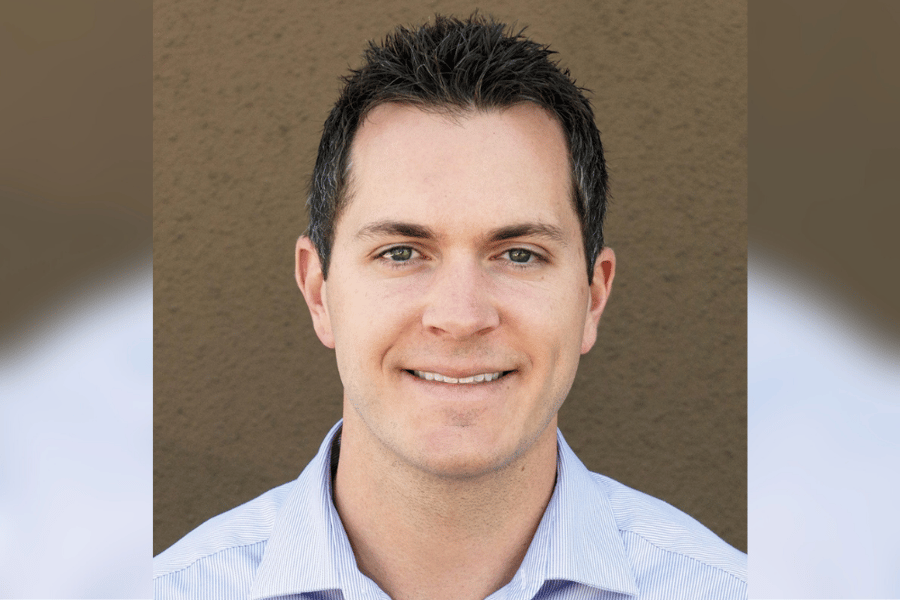A higher rate shouldn't mean an end to the conversation…

When the FHFA announced it was scaling back GSE purchases of second-home and investment property mortgages to 7% of a lender’s total pipeline, Justin Crowley (pictured) was left scrambling. The senior loan originator at First Western Trust normally uses second homes and investment properties to fill anywhere between 12% and 18% of his pipeline, depending on the year. Now, on the back of what he called a “nonchalant” announcement of a serious change from Fannie and Freddie, he and his team had to scramble to find out just how many of their deals this had thrown into disarray.
In the weeks since that announcement, Crowley has managed to make sense of the new limits and what they mean for his borrowers. As an originator with a correspondent lender, he and his team have some more options for investment and second-home borrowers with private capital, but the simple fact is that these loans are now becoming more expensive for the borrower. It’s on originators like Crowley to come up with solutions and perspective that borrowers need.
“This was the first time we’ve had a pricing and delivery issue where there was no obvious solution,” Crowley said. “Thankfully we’re a correspondent bank so we have a dozen and a half different investors that we can send our loans to, or self-service if we need to. But once you factor in things like the capital requirements for servicing, the volatility of that pricing and how those fees would look at delivery, it’s hard to figure out a clear path.”
Read more: UWM CEO sees new refi opportunity for borrowers, brokers
What it amounts to, Crowley explained, is that investor clients and second-home buyers are now facing higher rates. Clients and prospects are annoyed by the development and ready to grumble about it, but Crowley estimates that only one out of every seven or eight clients in these categories has walked away from a deal because of these price increases.
To make up the gap left by the GSEs, Crowley is leaning on private capital, non-QM lenders, and portfolio products. Having a mix of investors and products, he said, is key to navigating these limits now. On his side, they’ve had to cut margins somewhat to accommodate price increases, but so far it’s been OK and the sticker shock phenomenon is wearing off among borrowers. He noted that many of his borrowers will pay a higher upfront fee, sometimes in the form of thousands of dollars, to secure a lower rate overall. For all the technical workarounds he has available, the core of his approach is psychological.
Crowley explained that context is key when explaining these new rules. Sure, the borrower might not have access to the rates they could get three months ago, but even these higher rates are extremely low in any historical perspective. It’s important, too, to give the client a pragmatic look by telling them that yesterday’s rate is gone and you’ll find the best deal for them now. Framed in the right context, surrounded by the opportunities for investors and second home buyers in this market, Crowley is still making a successful go at closing these deals.
While uncertainty persists in this areas, which Crowley hopes the agencies will clean up soon, he emphasized that originators need to focus on the other options out there and the different scenarios that so many borrowers now face.
Read more: Top five and bottom five real estate markets revealed
“I think the 7% limit isn’t really a hard stop. Any lender can deliver 90% investment property loans, they just have to price it accordingly with how those loans get serviced,” Crowley said. “It’s just about setting a different expectation that the margin between an owner-occupied rate and a non-owner-occupied rate, or a second home rate, is wider. You need to notify people of that upfront so that they don’t have the sticker shock. You need to get comfortable with all the different ways of absorbing that difference and communicating options intelligently to those clients. I think that will help them in the long run - so if a borrower hears that these rates are higher now it’s not the end of the conversation. To me it’s about giving people enough digestible information so they can have options.”



